Vortex Shedding of Grooved Cylinder CFD Simulation, ANSYS Fluent Tutorial
Vortex Shedding of Grooved Cylinder CFD Simulation, ANSYS Fluent Tutorial
- Upon ordering this product, you will be provided with a geometry file, a mesh file, and an in-depth Training Video that offers a step-by-step training on the simulation process.
- For any more inquiries regarding the product, please do not hesitate to reach out to us at info@CFDLAND.com or through our online support assistant.
€140 Original price was: €140.€85Current price is: €85.
Vortex shedding happens when fluid flows around a cylinder, creating a beautiful pattern of spinning swirls behind it! First of all, these spinning motions called von Kármán vortex street can cause bridges and tall buildings to shake dangerously in wind. Additionally, adding grooves to a cylinder’s surface changes how the fluid flow behaves, often reducing the drag coefficient compared to smooth cylinders. Most importantly, engineers study this flow pattern to design safer structures like chimneys, bridge supports, and underwater cables. Furthermore, understanding how these grooves affect flow separation helps create better designs for car antennas, cooling systems, and offshore structures. The fascinating dance between laminar flow and cylinder shape reveals nature’s hidden patterns that engineers can use to solve real-world problems!
Simulation Process
Primarily, the smooth and grooved cylinder are designed using Design Modeler. They are placed in an extended computational zone. Needless to say, the grid production particularly around the cylinder walls is of the essence, directly affecting the accuracy. Consequently, a well-produced structured grid is created using ANSYS Meshing. Literally, the flow behavior is completely depend on flow regime. In our case of study, it is laminar. Focusing on vortices, the drag and lift coefficients are also measured.
Figure 1: Fine structured grid around grooved cylinder
Post-processing
When fluid flows around a grooved cylinder, it creates amazing swirling patterns called vortex shedding! First of all, the images show how these swirls form a beautiful pattern known as a von Kármán vortex street behind the cylinder. Additionally, our measurements found that the groove makes cylinders slightly more slippery in the flow, with a drag coefficient of 1.286 compared to 1.3 for smooth cylinders—a small but real improvement! Most importantly, these spinning patterns happen regularly, creating push-and-pull forces that can make structures vibrate or even fail. Furthermore, the wake region behind the cylinder shows exactly how the groove changes where the flow breaks away from the surface, which explains why the drag force gets smaller.
Figure 2: Velocity streamlines around a grooved cylinder
The fluid dynamics around grooved cylinders has important real-world applications! First of all, the grooves change how the boundary layer behaves but don’t affect the lift coefficient which stays exactly at 0.0394 for both cylinder types. Additionally, the laminar flow creates very organized vortices that spin in opposite directions as they move downstream from the cylinder. Most importantly, this flow separation pattern is critical for designing safer structures like chimneys, bridge supports, and offshore platforms that must stand up to wind and water. Furthermore, our CFD simulation shows exactly how even tiny surface changes can affect flow behavior—knowledge engineers use to design everything from golf balls to car mirrors to reduce drag and save energy!
Figure 3: Vorticity contour displaying the intensity and direction of fluid rotation around the grooved cylinder
We pride ourselves on presenting unique products at CFDLAND. We stand out for our scientific rigor and validity. Our products are not based on guesswork or theoretical assumptions like many others. Instead, most of our products are validated using experimental or numerical data from valued scientific journals. Even if direct validation isn’t possible, we build our models and assumptions on the latest research, typically using reference articles to approximate reality.
Yes, we’ll be here . If you have trouble loading files, having technical problems, or have any questions about how to use our products, our technical support team is here to help.
You can load geometry and mesh files, as well as case and data files, using any version of ANSYS Fluent.
€195 Original price was: €195.€155Current price is: €155.

€215 Original price was: €215.€165Current price is: €165.

€170 Original price was: €170.€115Current price is: €115.

€280 Original price was: €280.€145Current price is: €145.





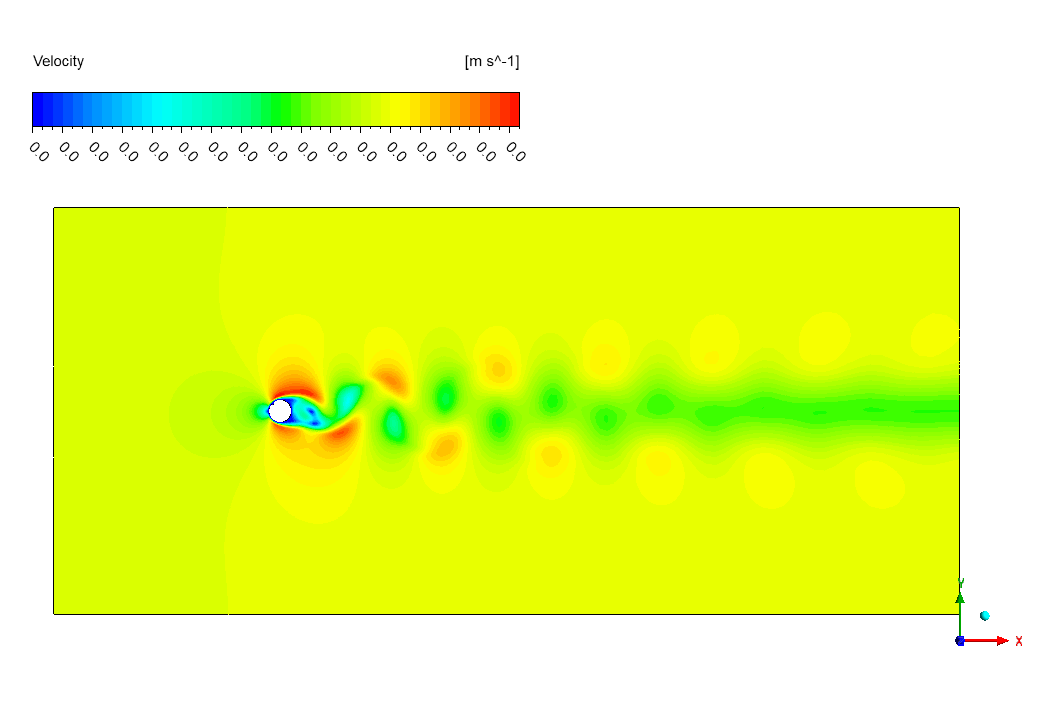



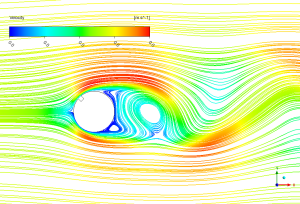
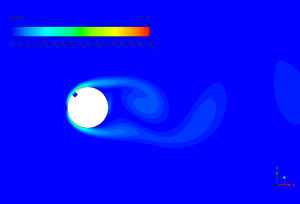





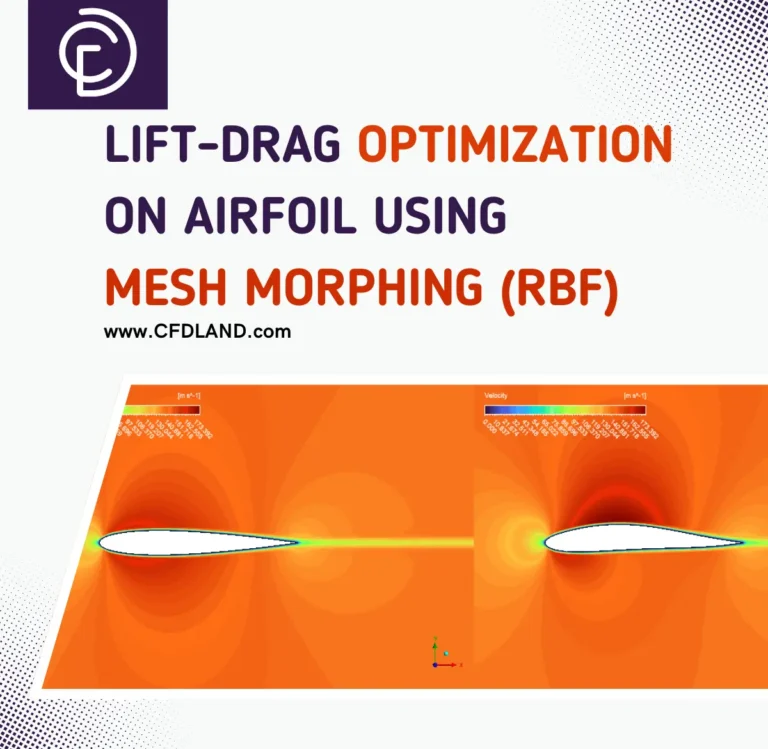
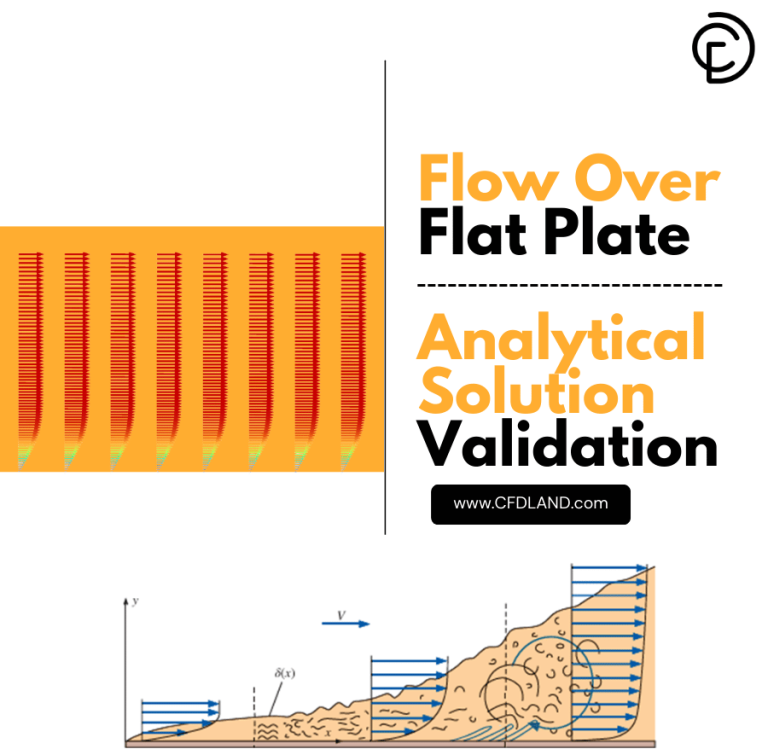
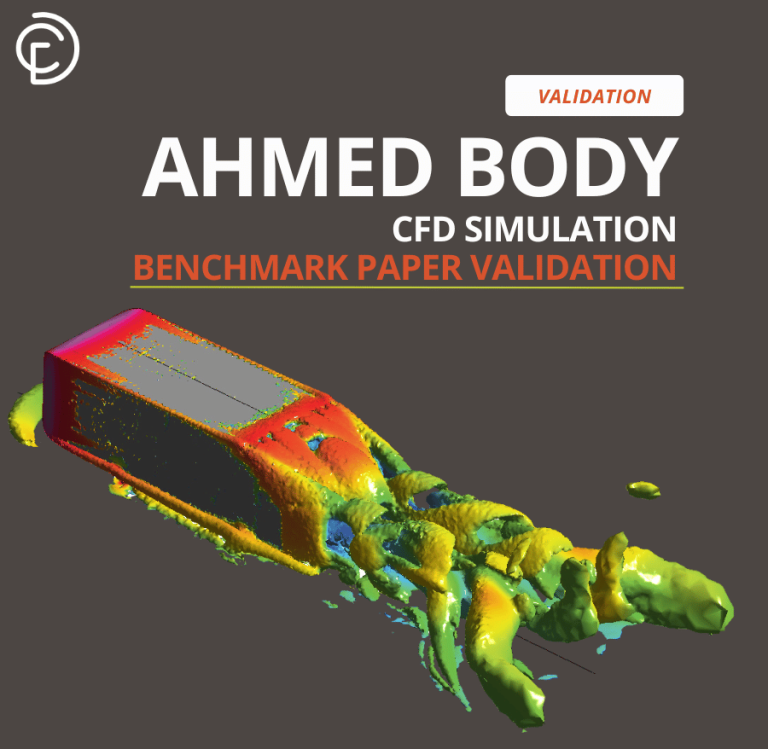

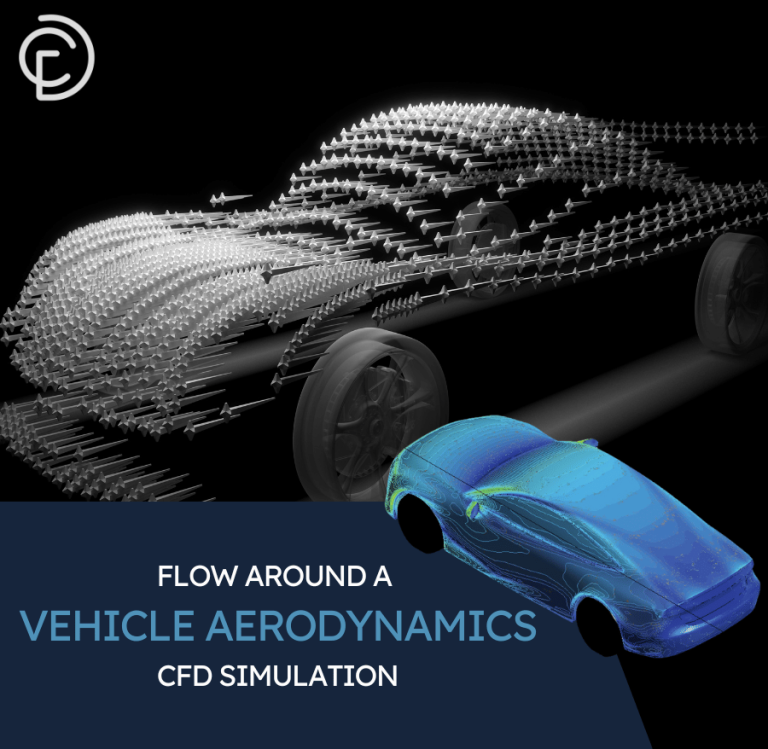

Reviews
There are no reviews yet.